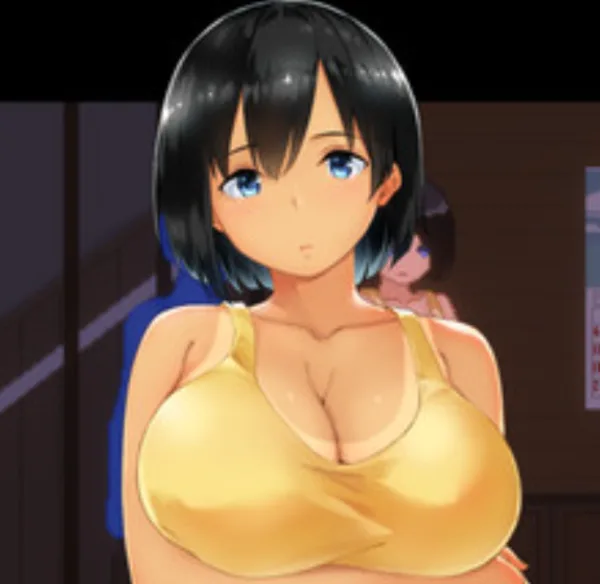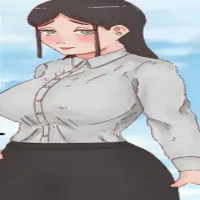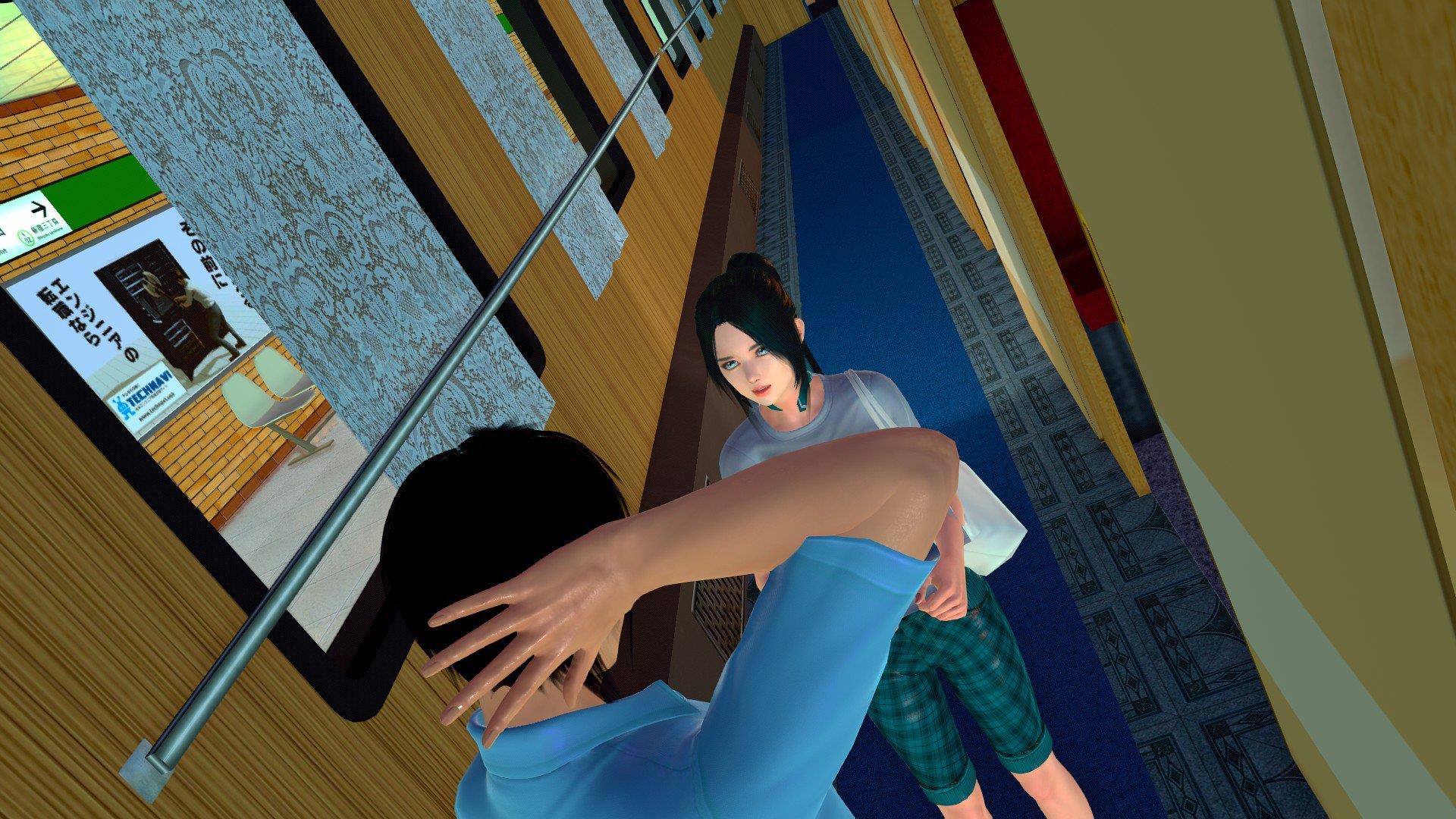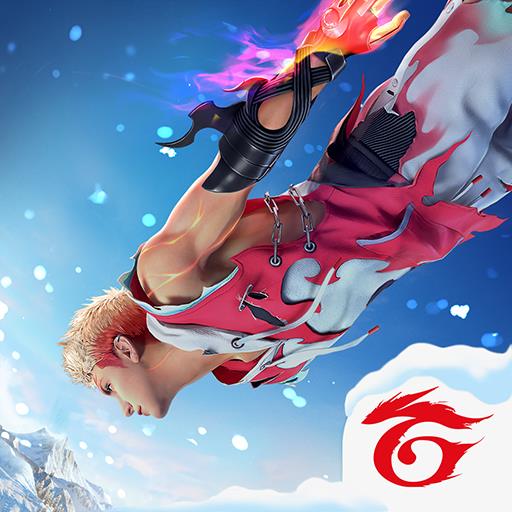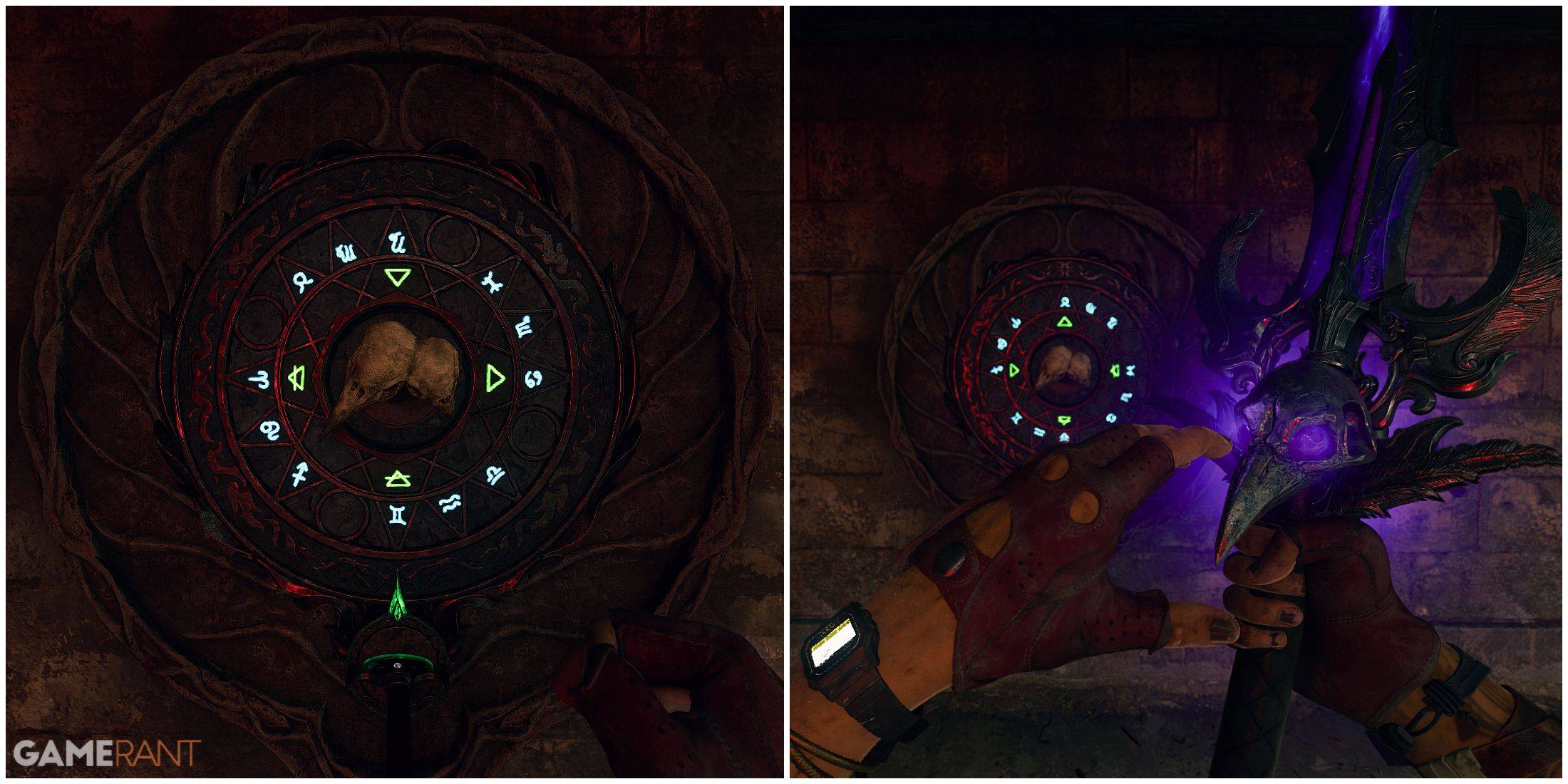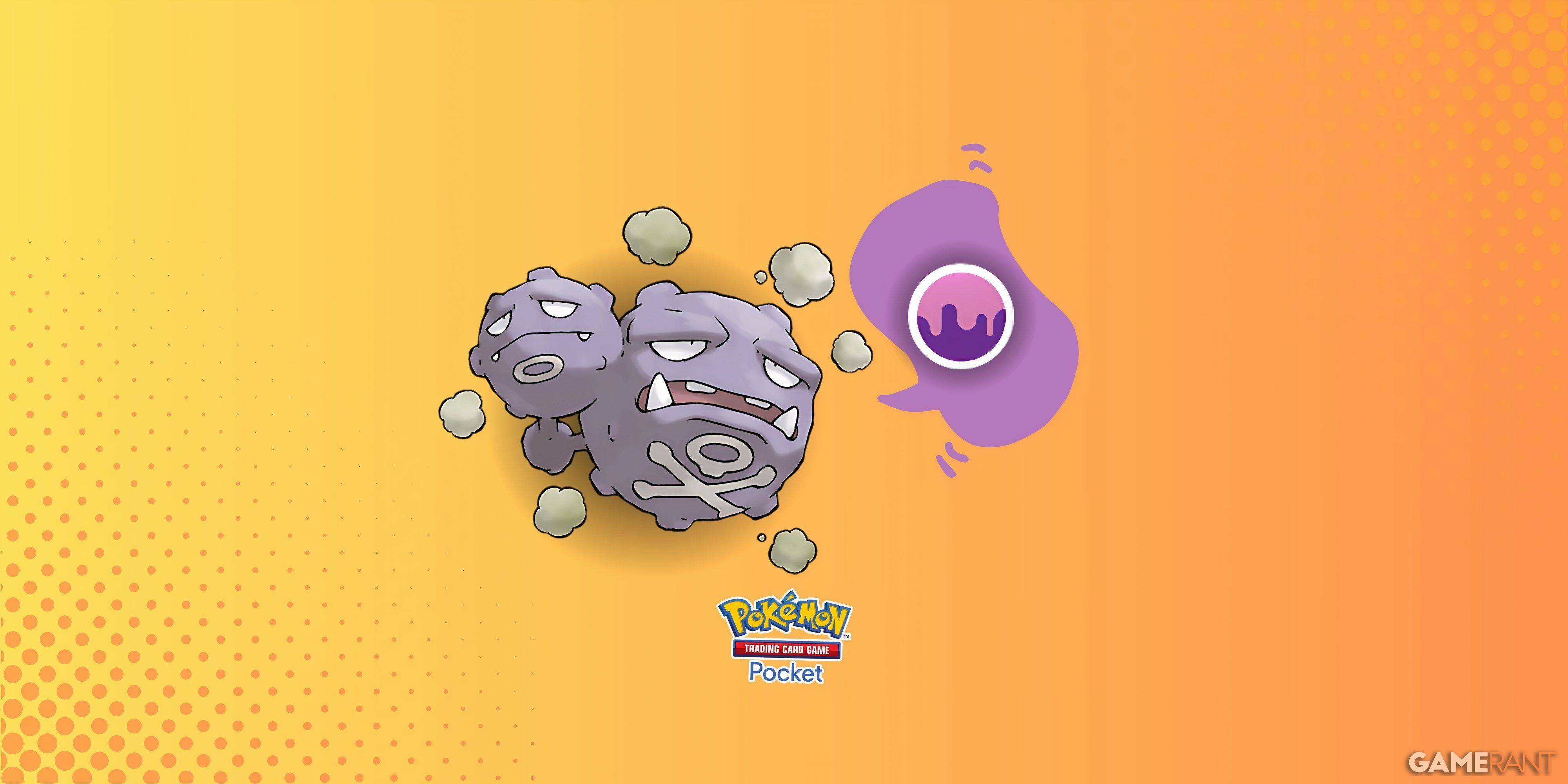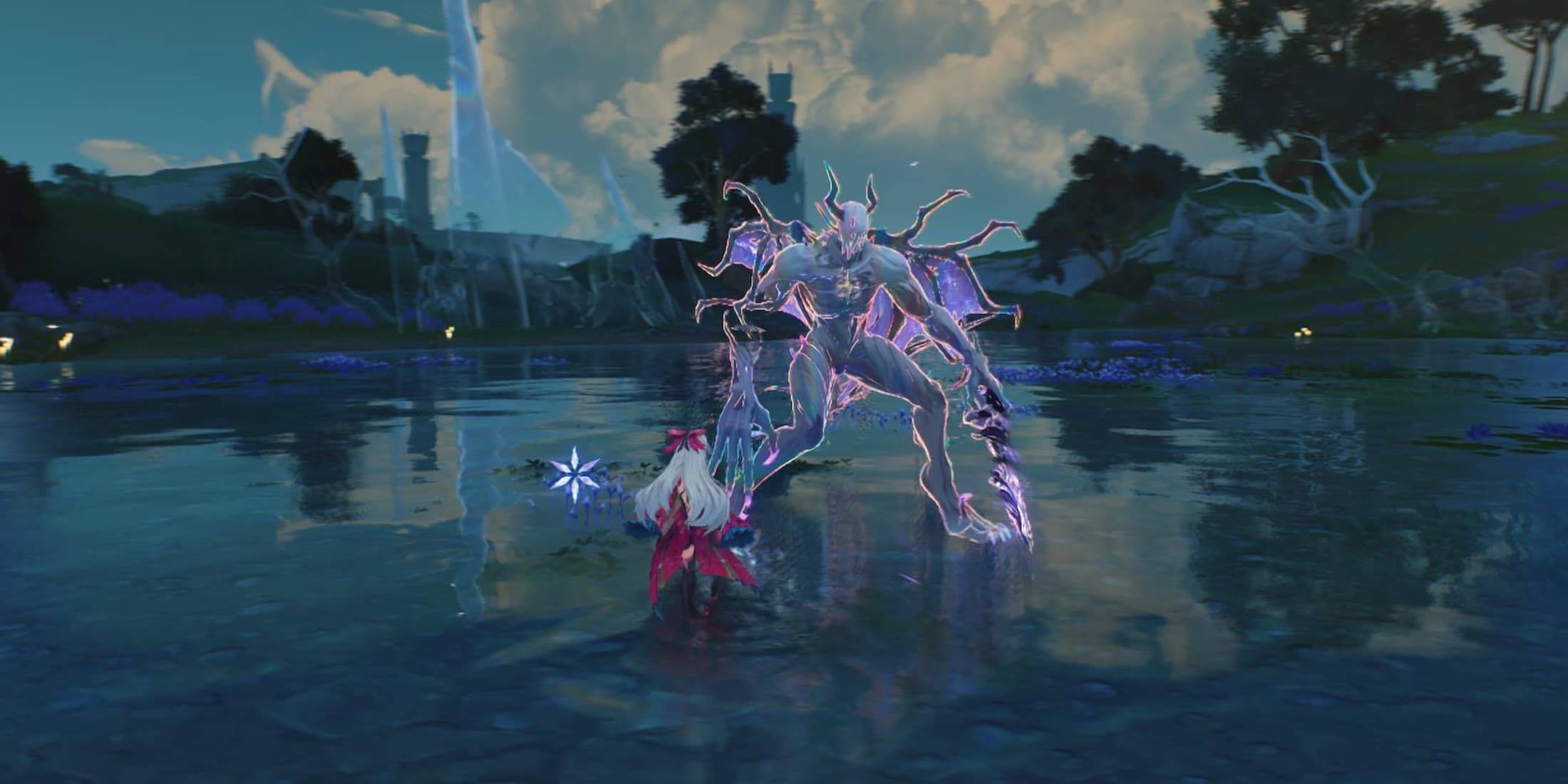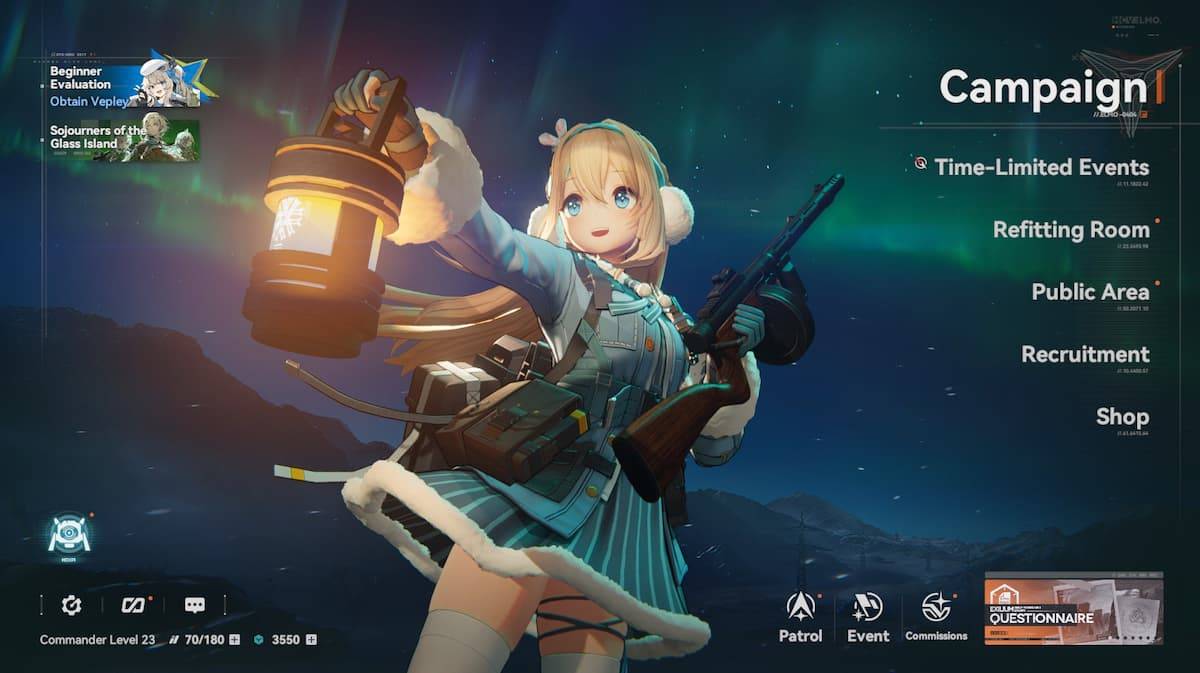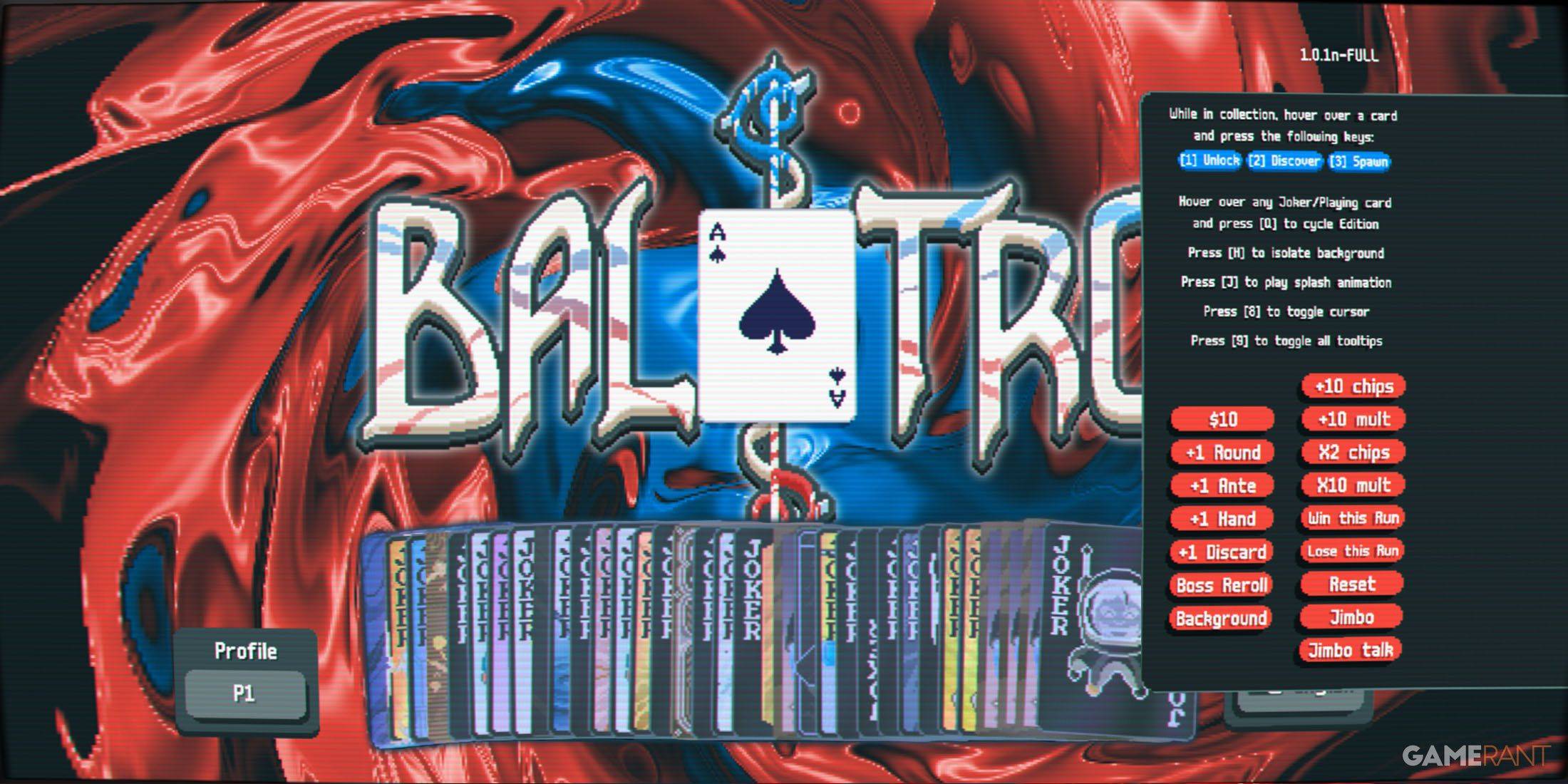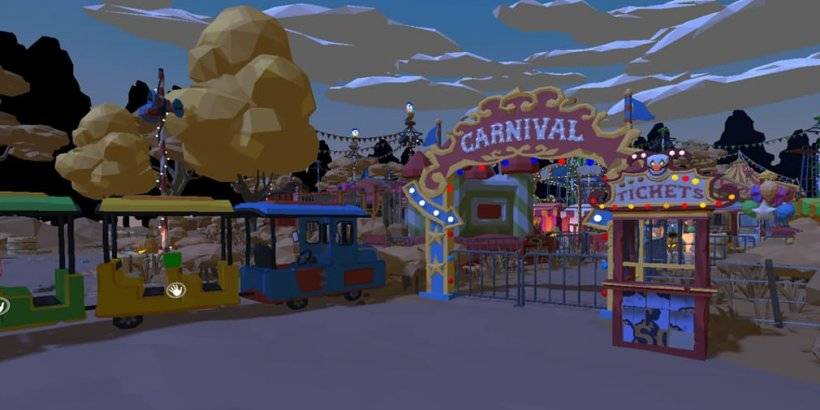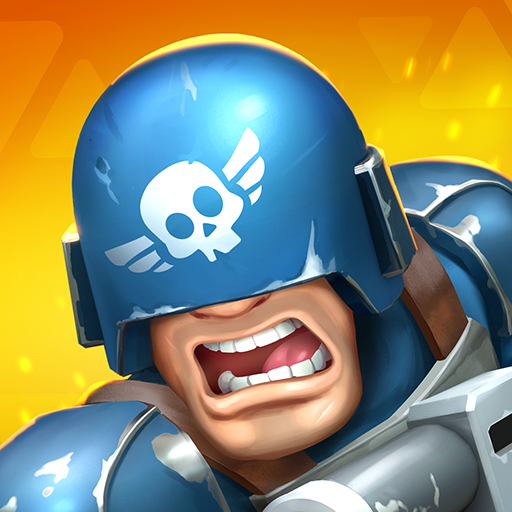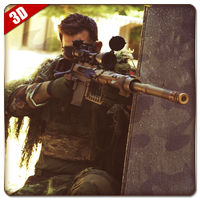"Invincible: Comic to Animated Hit Transformation"
The release of *Invincible* as an animated series on Amazon Prime has sparked renewed interest in Robert Kirkman's iconic comic book universe. Known for its brutal action, complex characters, and morally ambiguous storytelling, the series quickly captured the hearts of fans worldwide.
Adapting such a rich narrative for television inevitably brings changes—some subtle, others significant. In this article, we’ll explore the key differences between the animated series and the comics, analyze why the third season failed to meet expectations, and discuss how these adaptations shape the overall story.
Table of Contents
- From Page to Screen: Key Differences Between the Animated Series and Comics
- Mark Grayson’s Journey: Compression vs. Gradual Growth
- Supporting Cast Dynamics: Who Gets More Screen Time?
- Antagonists: Simplified Motivations for Pacing
- Action Sequences: Enhanced Visuals and Choreography
- Thematic Exploration: Emphasis on Morality and Legacy
- Season 3 Critique: Why the Magic Fades
- Balancing Adaptation and Innovation
- Why Fans Should Still Watch (Read With Caution)
From Page to Screen: Key Differences Between the Animated Series and Comics
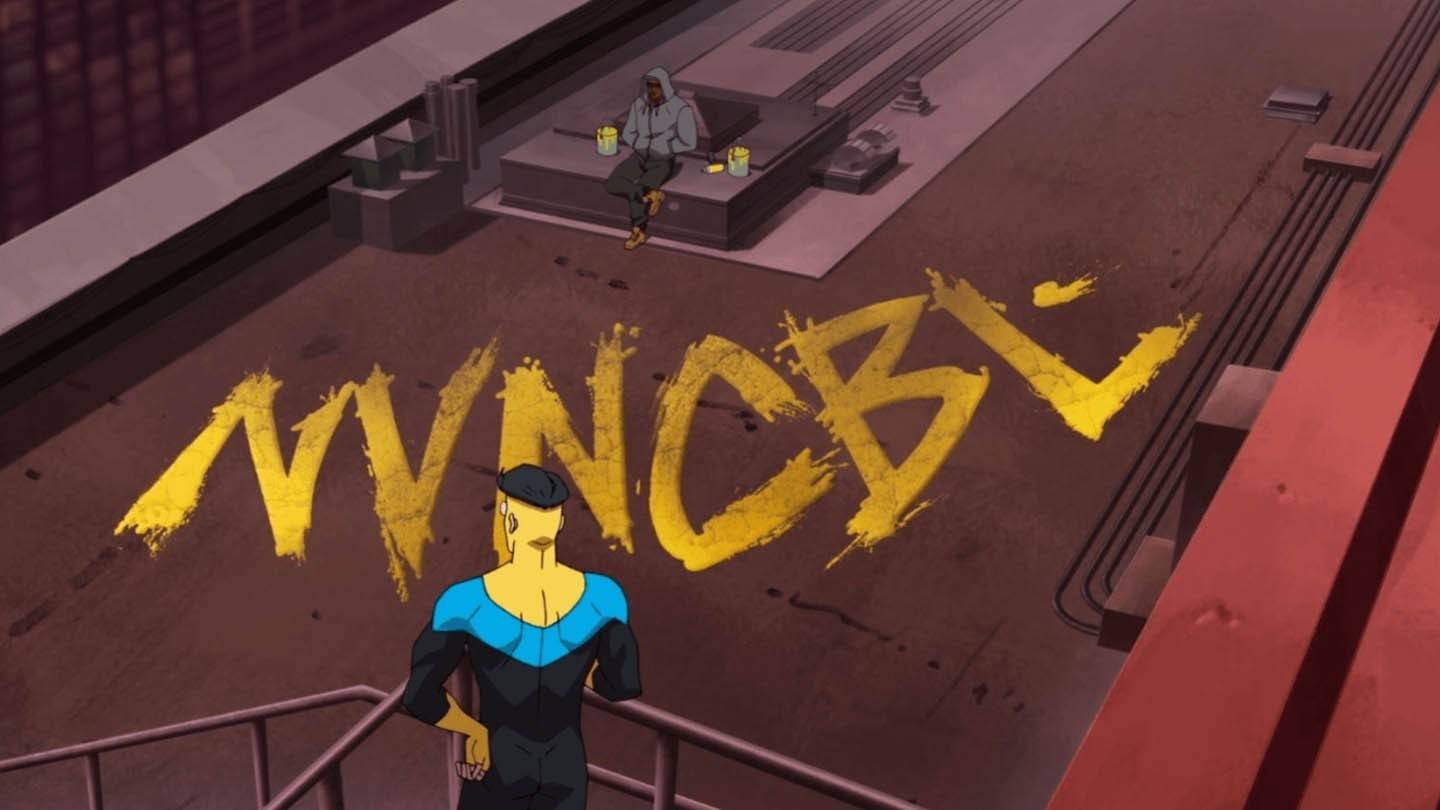
Image: amazon.com
Mark Grayson’s Journey: Compression vs. Gradual Growth
One of the most striking differences lies in the portrayal of Mark Grayson, the protagonist. In the comics, his transformation into a superhero unfolds gradually, allowing readers to witness his development over an extended period. From discovering his powers to grappling with the moral complexities of heroism, this slow burn provides deeper insight into his character arc.
In contrast, the animated series condenses Mark's journey significantly. While this intensifies the plot, it sacrifices some of the depth found in the comics. Long-time fans might feel that certain aspects of his growth were rushed or underdeveloped, despite the increased engagement for new viewers.
Supporting Cast Dynamics: Who Gets More Screen Time?
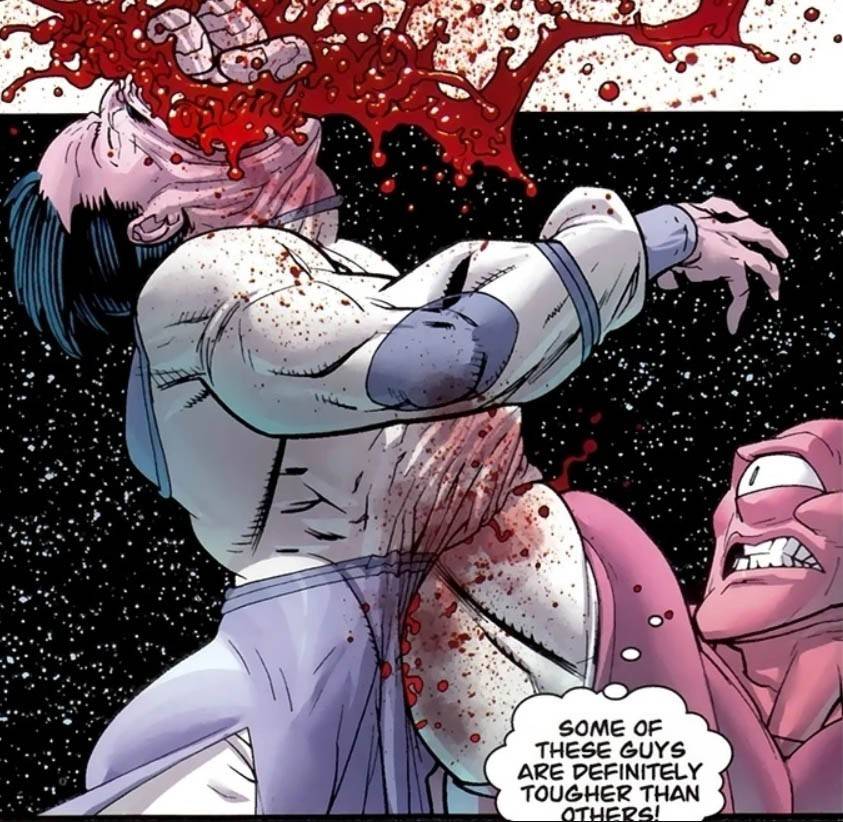
Image: amazon.com
The supporting cast undergoes noticeable changes in the transition from comics to screen. Some characters gain prominence, while others are pushed to the background. For instance, Allen the Alien becomes a more central figure in the animated series, offering both humor and depth to the overarching narrative. His expanded role adds balance to the otherwise gritty tone of the show.
On the flip side, characters like Battle Beast receive less screen time, which might disappoint fans who appreciated their antics in the comics. These shifts reflect creative decisions aimed at streamlining the narrative for a broader audience.
Antagonists: Simplified Motivations for Pacing
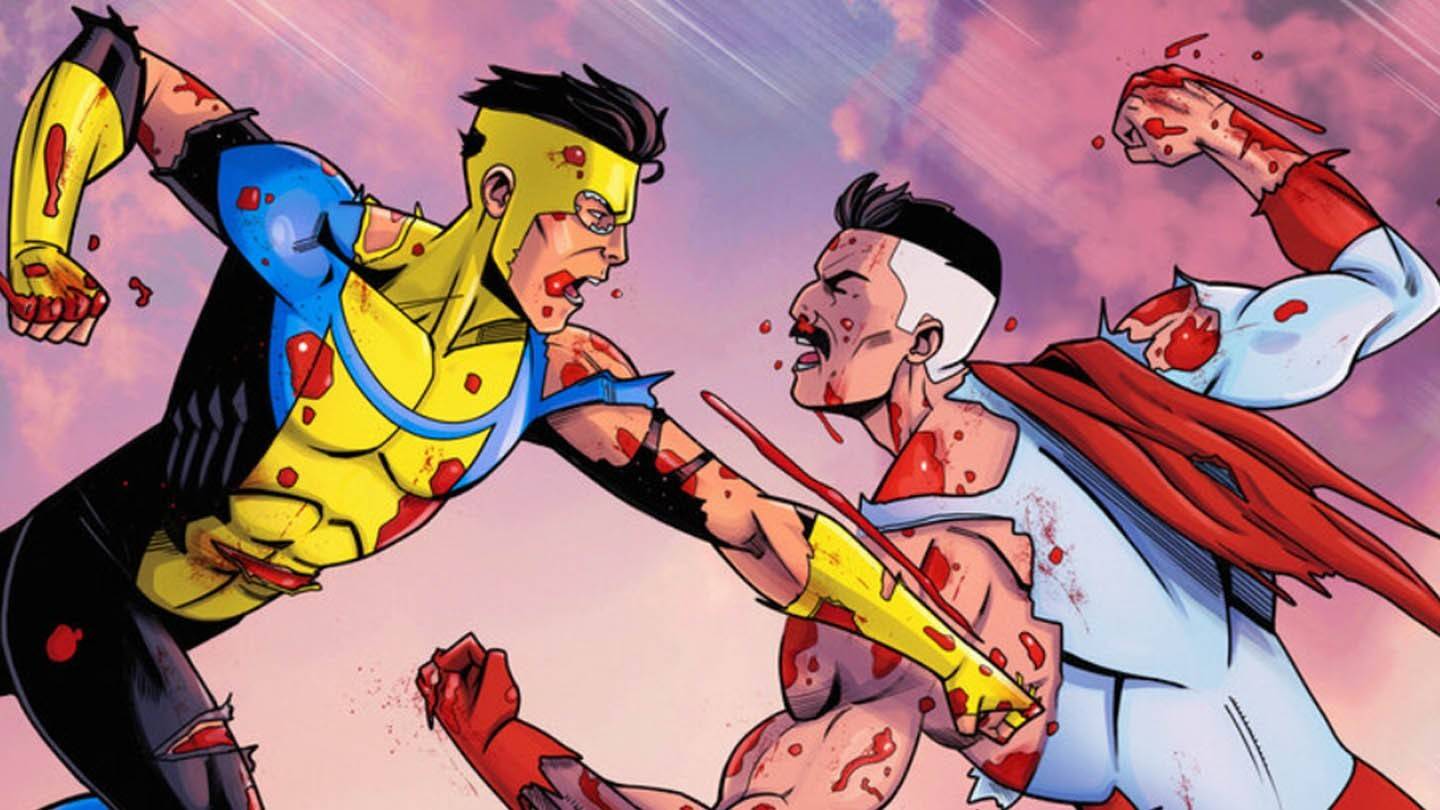
Image: amazon.com
Villains like Conquest and the Shadow Council receive nuanced treatment in the comics, where their motivations and backstories are explored in detail. In the animated series, these elements are simplified for pacing purposes, focusing instead on high-stakes confrontations and visual spectacle. While this approach makes the story more accessible, it risks oversimplifying the complexity of these antagonists.
For example, Omni-Man's betrayal in the series feels more immediate and visceral than in the comics, where his descent into villainy is foreshadowed over several issues. This shift alters the emotional resonance of pivotal moments and changes how audiences perceive the villains.
Action Sequences: Enhanced Visuals and Choreography
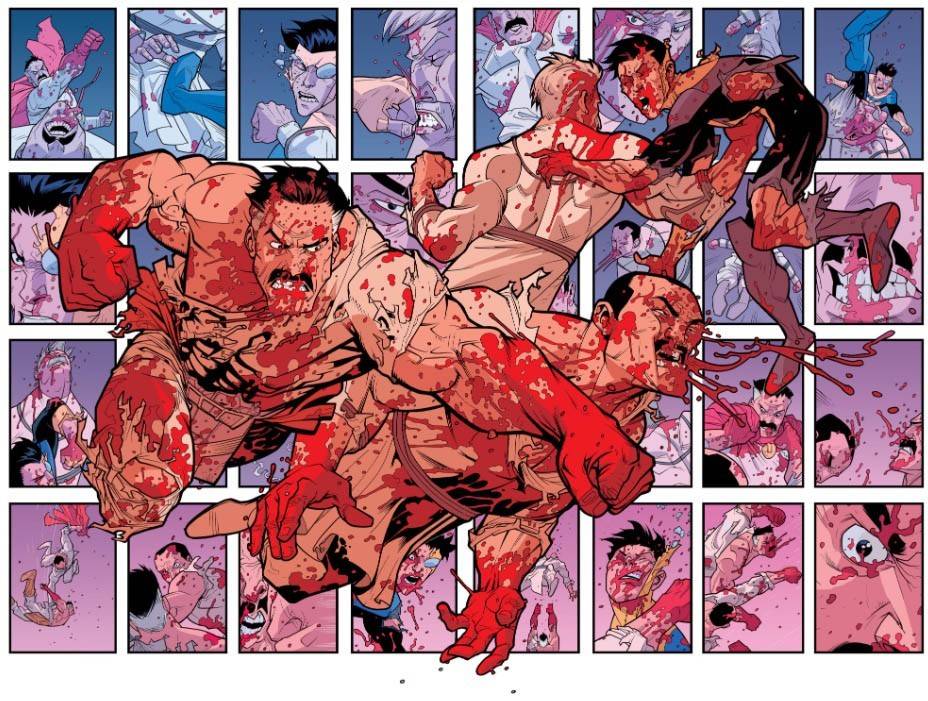
Image: amazon.com
The animated series shines in its depiction of action sequences, leveraging animation's potential for dynamic choreography and special effects. Battles are intensified visually, creating a sense of scale and intensity that rivals live-action blockbusters. Scenes like the fight against the Viltrumites or the clash with Conquest are brought to life with stunning detail and creativity.
While these enhancements often elevate the spectacle, they occasionally diverge from the original depictions in the comics. Fans familiar with the source material might notice discrepancies, but these changes generally enhance the visuals without detracting from the core experience.
Thematic Exploration: Emphasis on Morality and Legacy

Image: amazon.com
Thematic exploration also varies between the two formats. The TV adaptation places greater emphasis on themes like morality, power, and legacy, reflecting the unique demands of episodic storytelling. For instance, Mark's struggle to reconcile his father's actions with his own sense of justice is given more screen time in the series.
Meanwhile, other themes such as the philosophical implications of superhuman existence are downplayed slightly. This creative choice ensures that the narrative remains focused and digestible, even as it tackles weighty topics.
Season 3 Critique: Why the Magic Fades
Despite the critical acclaim surrounding its first two seasons, Invincible's third installment has left many fans feeling underwhelmed. What went wrong? Let’s break it down.
Repetitive Storylines: Treading Familiar Ground
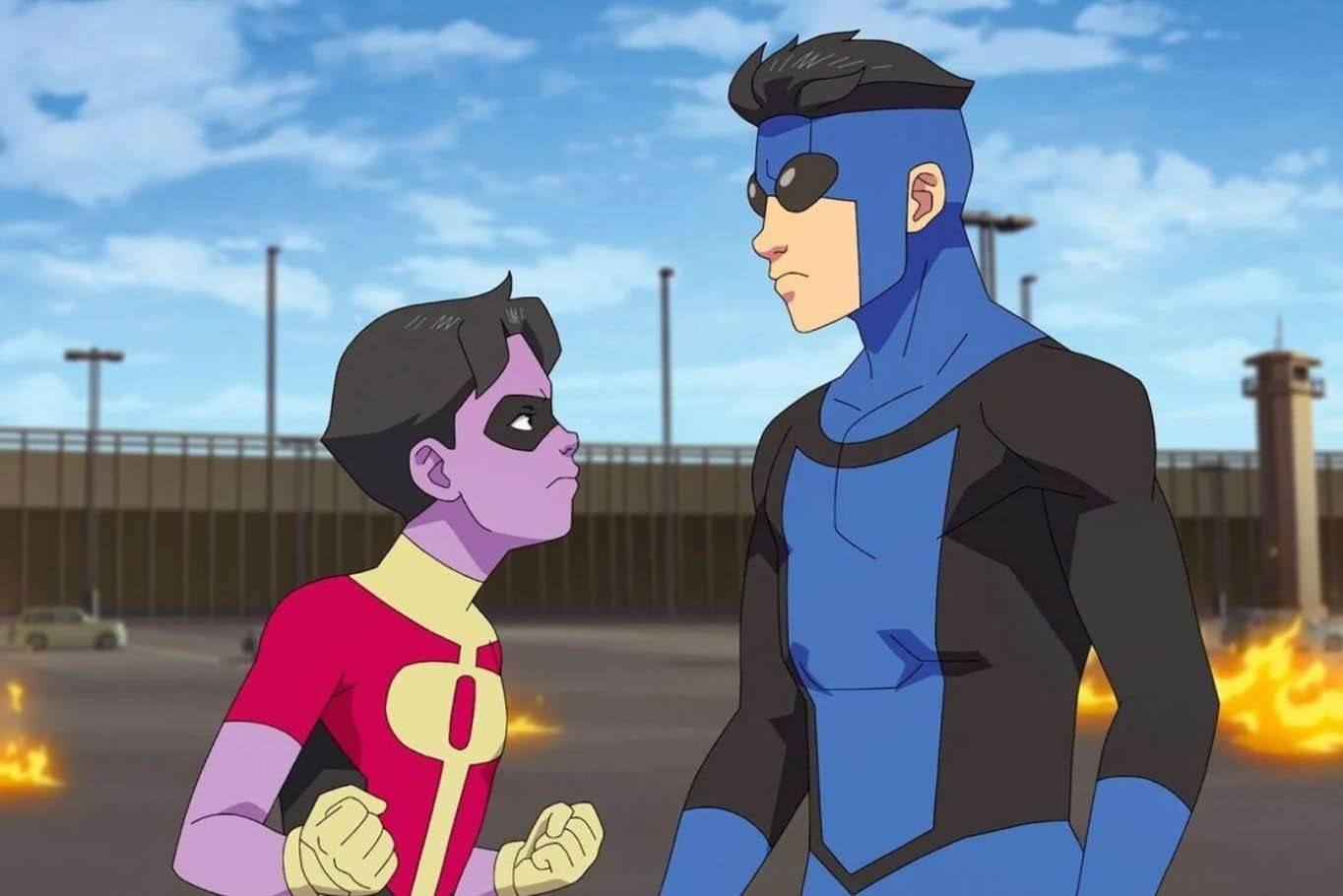
Image: amazon.com
A recurring complaint about Season 3 is its reliance on familiar tropes and storylines. One of the series' strengths in earlier seasons was its ability to surprise and subvert expectations. Whether it was the shocking reveal of Omni-Man's true nature or the mind-bending adventures in alternate realities, the show consistently kept viewers on edge.
Unfortunately, Season 3 revisits many of these themes without offering anything new. Mark's internal conflict about his father's legacy, for instance, resurfaces yet again, this time centered around his younger brother. While the premise is intriguing, it feels redundant after similar arcs were explored in previous seasons.
Cecil's Subplot: A Missed Opportunity
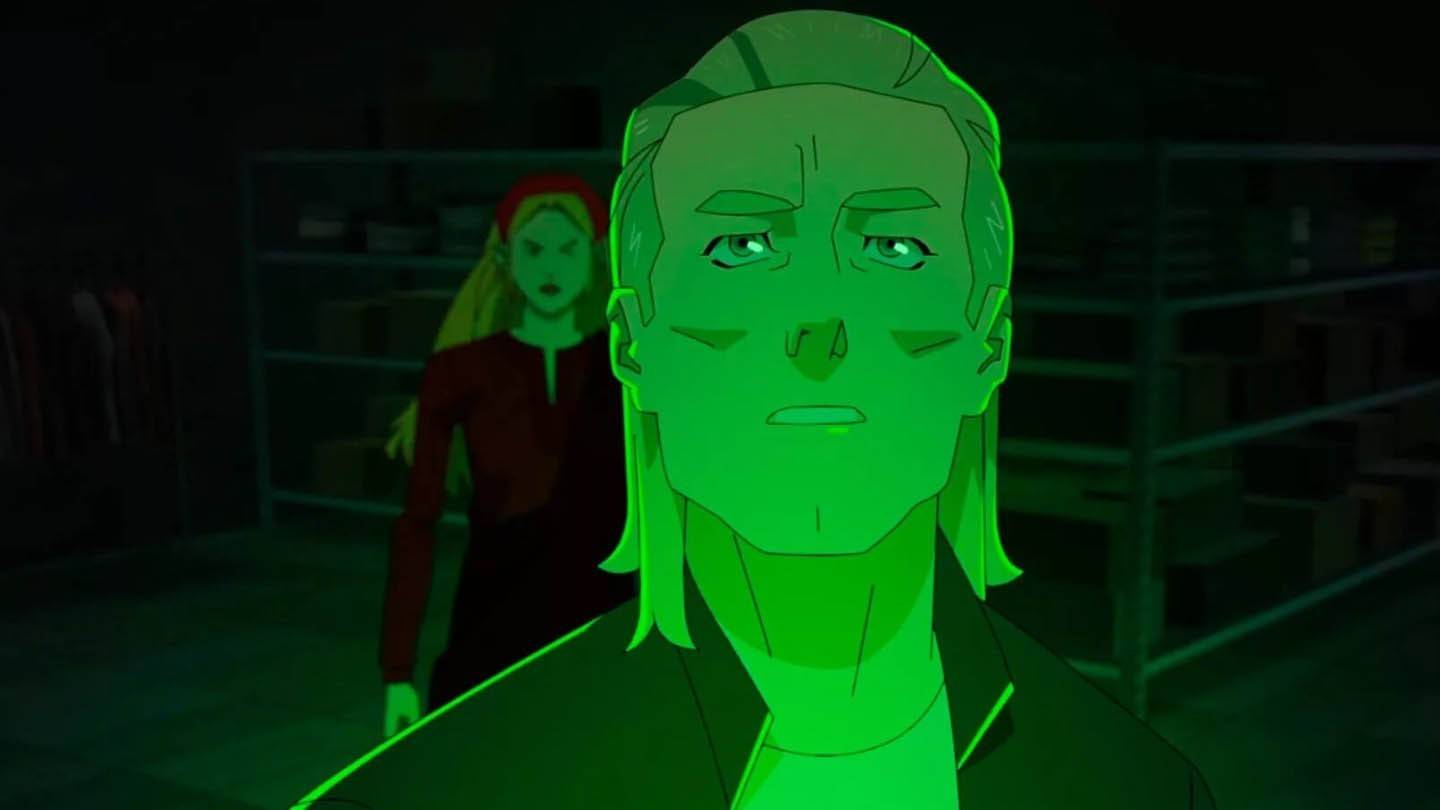
Image: amazon.com
Cecil's subplot where he reprograms criminals into model citizens is one of the more interesting additions to the season. However, it falls flat due to its overly idealistic portrayal. In a world defined by moral ambiguity, Cecil's solution feels almost naive, making Mark's extreme reaction seem out of place.
Fans might find themselves wondering,
"If it weren't for Cecil, you'd be dead, and the world would be burning!"
This disconnect undermines the emotional weight of the conflict and leaves the subplot feeling unresolved.
Lackluster Action: Where Did the Spark Go?
Even the action sequences, once the highlight of the series, fail to deliver the same excitement. Blood still flows freely, punches land with satisfying force, and beloved characters meet tragic ends. Yet, these moments lack the emotional resonance they carried in earlier seasons.
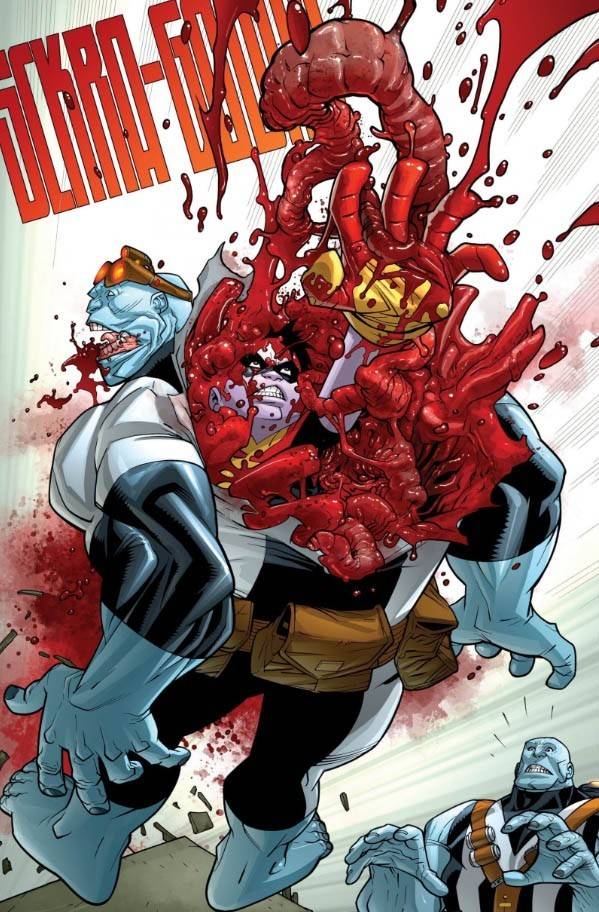
Image: amazon.com
Scenes that once thrilled now feel repetitive. When clones or Omni-Man brutally assaulted Mark in past seasons, the tension was palpable. By comparison, similar setups involving strange robots in Season 3 leave viewers indifferent. The absence of genuine stakes makes these moments feel hollow.
Slow Start: Building Momentum Too Late

Image: amazon.com
Another issue with Season 3 is its sluggish start. The first three episodes introduce generic villains and uninspired threats, such as bizarre worms, failing to establish a sense of urgency. While things may pick up later, Invincible
Latest Articles




![Taffy Tales [v1.07.3a]](https://imgs.anofc.com/uploads/32/1719554710667e529623764.jpg)
